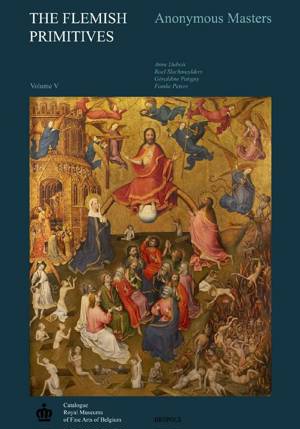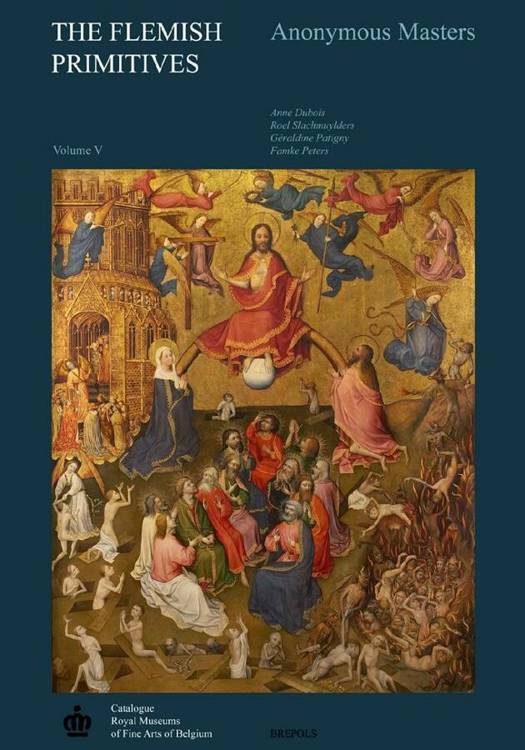
Door een staking bij bpost kan je online bestelling op dit moment iets langer onderweg zijn dan voorzien. Dringend iets nodig? Onze winkels ontvangen jou met open armen!
- Afhalen na 1 uur in een winkel met voorraad
- Gratis thuislevering in België vanaf € 30
- Ruim aanbod met 7 miljoen producten
Door een staking bij bpost kan je online bestelling op dit moment iets langer onderweg zijn dan voorzien. Dringend iets nodig? Onze winkels ontvangen jou met open armen!
- Afhalen na 1 uur in een winkel met voorraad
- Gratis thuislevering in België vanaf € 30
- Ruim aanbod met 7 miljoen producten
Zoeken
The Flemish Primitives V
Anonymous Masters
Anne DuBois, Roel Slachmuylders, Geraldine Patigny, Famke Peters
Hardcover | Engels
€ 132,50
+ 265 punten
Omschrijving
The fifth volume examines all the works painted by anonymous masters. Most works of the 15th and early 16th centuries are not signed. Several of these works have not proved possible to attribute to a known painter or to a master with a provisional name. These works, labelled as anonymous, have been little studied until now, because they are in general thought to be of lesser quality, and because researchers have prioritised the study of more important masters. It is, however, becoming increasingly apparent that these reflect the ongoing production of the time in the Southern Netherlands. Beside the fact that these paintings represent the themes that enjoyed a certain popularity at the time, their study opens perspectives onto the socio-economic context and workshop practice. These paintings could be destined for a broad market and betray different working methods allowing for swift execution in several copies. Furthermore, two of these anonymous works, dating from around 1400 or a little bit later, rank amongst the rare representatives of pictorial production in the Southern Netherlands prior to the technical innovations introduced by the Flemish Primitives. This production is by convention called pre-Eyckian painting.
Specificaties
Betrokkenen
- Auteur(s):
- Uitgeverij:
Inhoud
- Aantal bladzijden:
- 302
- Taal:
- Engels
Eigenschappen
- Productcode (EAN):
- 9782503530581
- Verschijningsdatum:
- 20/03/2009
- Uitvoering:
- Hardcover
- Formaat:
- Genaaid
- Afmetingen:
- 216 mm x 302 mm
- Gewicht:
- 1723 g

Alleen bij Standaard Boekhandel
+ 265 punten op je klantenkaart van Standaard Boekhandel
Beoordelingen
We publiceren alleen reviews die voldoen aan de voorwaarden voor reviews. Bekijk onze voorwaarden voor reviews.











